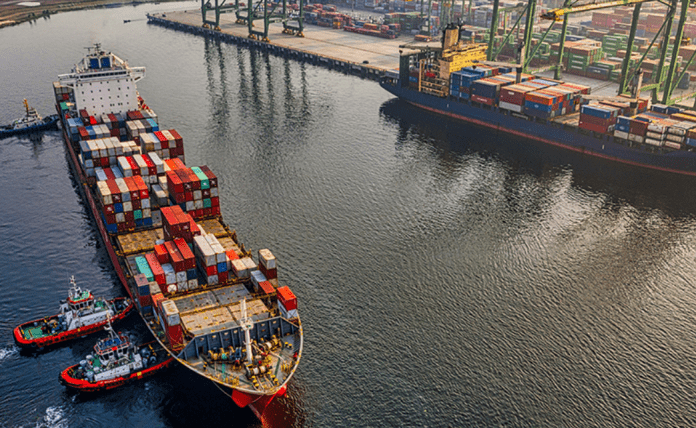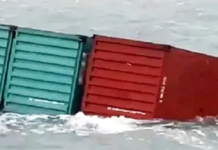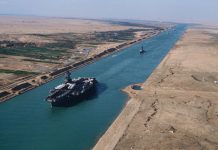
As the Red Sea conflict intensifies, it becomes evident that we might be in it for the long haul, forcing shipping lines into round-of-Africa routings for the foreseeable future with a direct consequence of an increase in CO2 emissions, according to Sea-Intelligence.
The Danish analysts said there are three important elements to consider:
- Increase in emissions due to longer sailing distances
- Potential increases due to faster sailing speeds (to maintain weekly departures)
- If there is a shift from large vessels to smaller, less fuel-efficient vessels.
“Using a proxy container service, we can estimate the scale of these increases in CO2 emissions,” said Sea-Intelligence.

Alan Murphy, CEO of Sea-Intelligence, noted that if the shipping lines use the exact same vessels, at the exact same speed, then emissions increase on a 1:1 ratio with increased sailing distances.
“As sailing distances around Africa are on average 31% and 66% longer for Asia to North Europe and Mediterranean, respectively, CO2 emissions will increase by these factors, at minimum,” he added.
Murphy continued, “If the vessels also sail faster, then emissions will increase even further, as fuel consumption is not a linear function of sailing speed. As an example, based on our fuel consumption model, a 1 knot increase in speed from 16 to 17 knots, will increase emissions by 14%.”
“Finally, as shipping lines scramble to phase in additional capacity to cater for the longer sailing distance, we see smaller, less fuel-efficient vessels being deployed on Asia-Europe,” pointed out Murphy.
On a TEU-basis, some of these smaller vessels see an increase in CO2 emissions of 141%, compared to conventional ULCVs, according to Sea-Intelligence analysis.
“Putting all three components together could lead to CO2 emissions increases of 260% and 354%, to North Europe and Mediterranean, respectively. There is no realistic way to mitigate the increased emissions, at the very least those that are due to an increase in sailing distances,” Murphy concluded.





